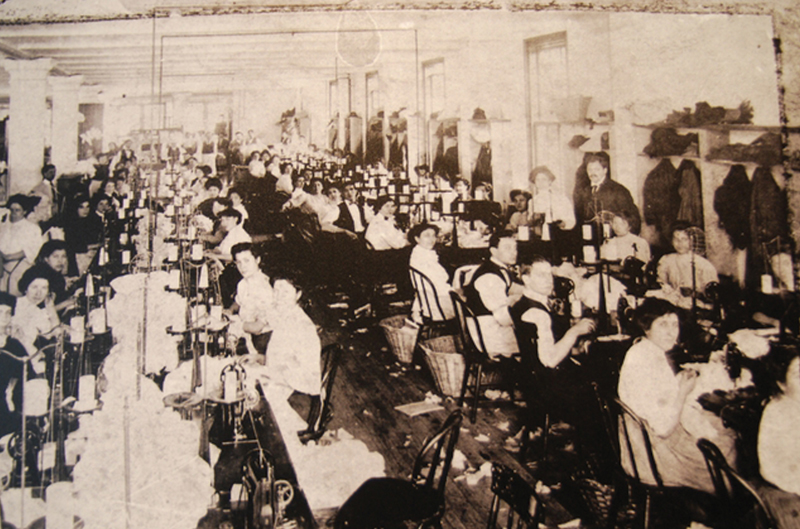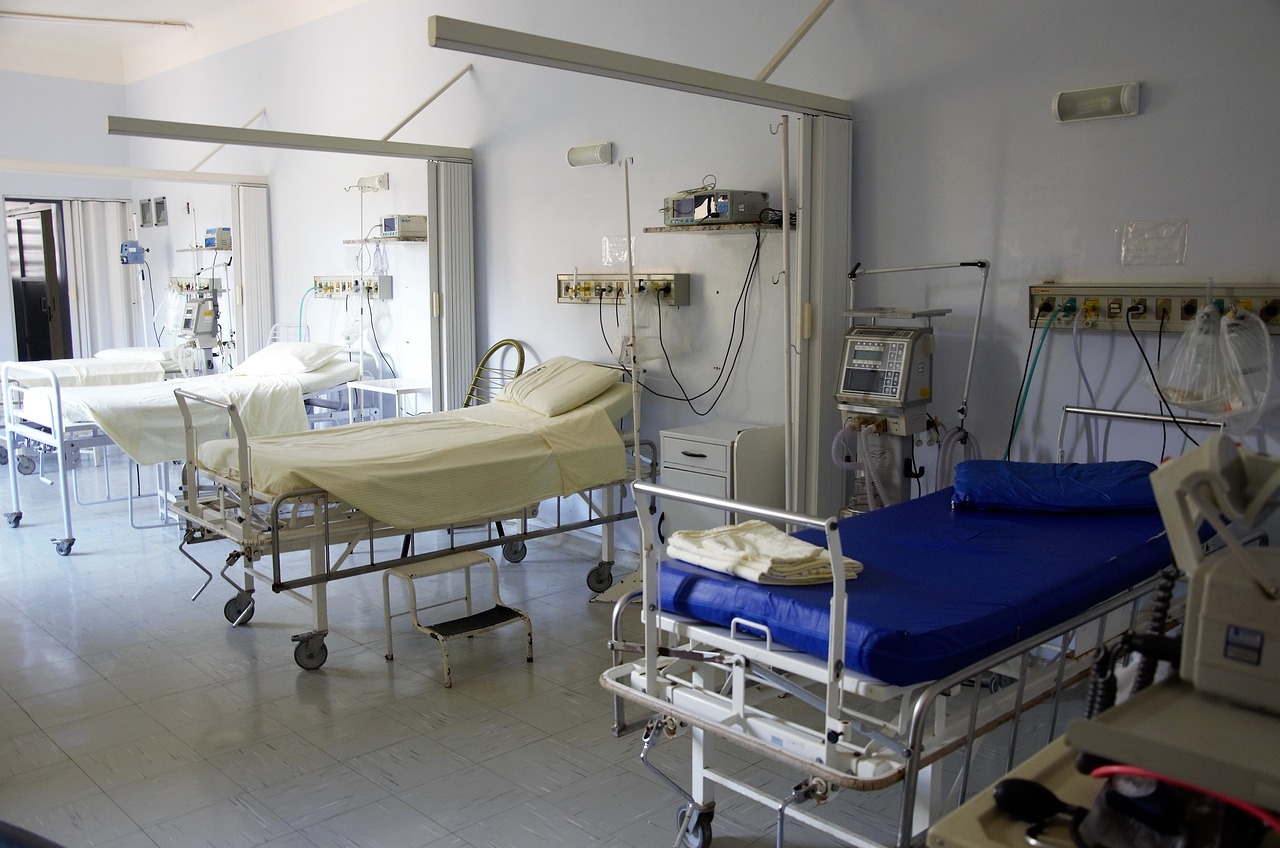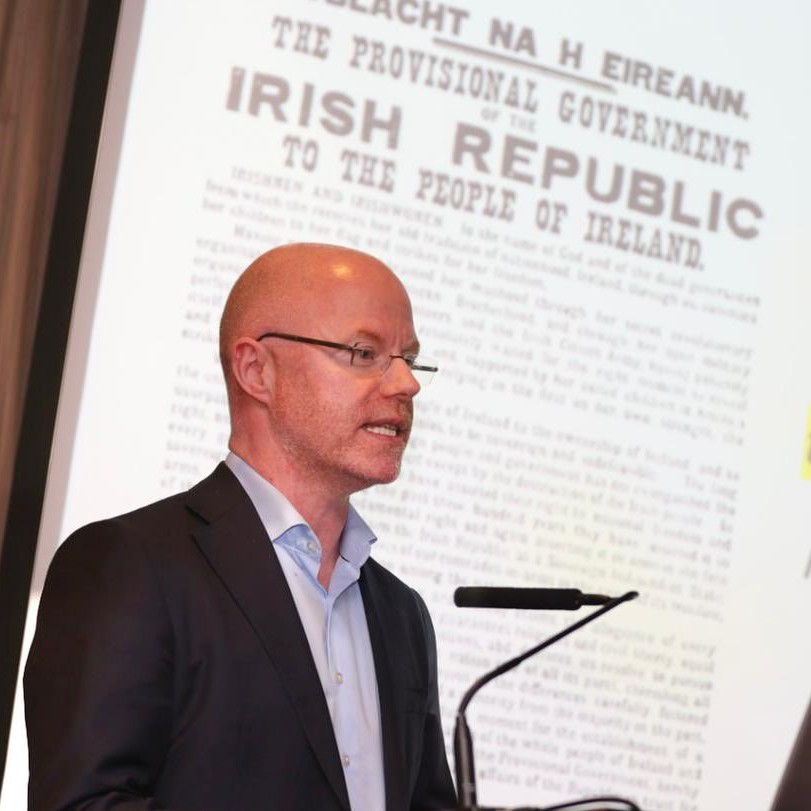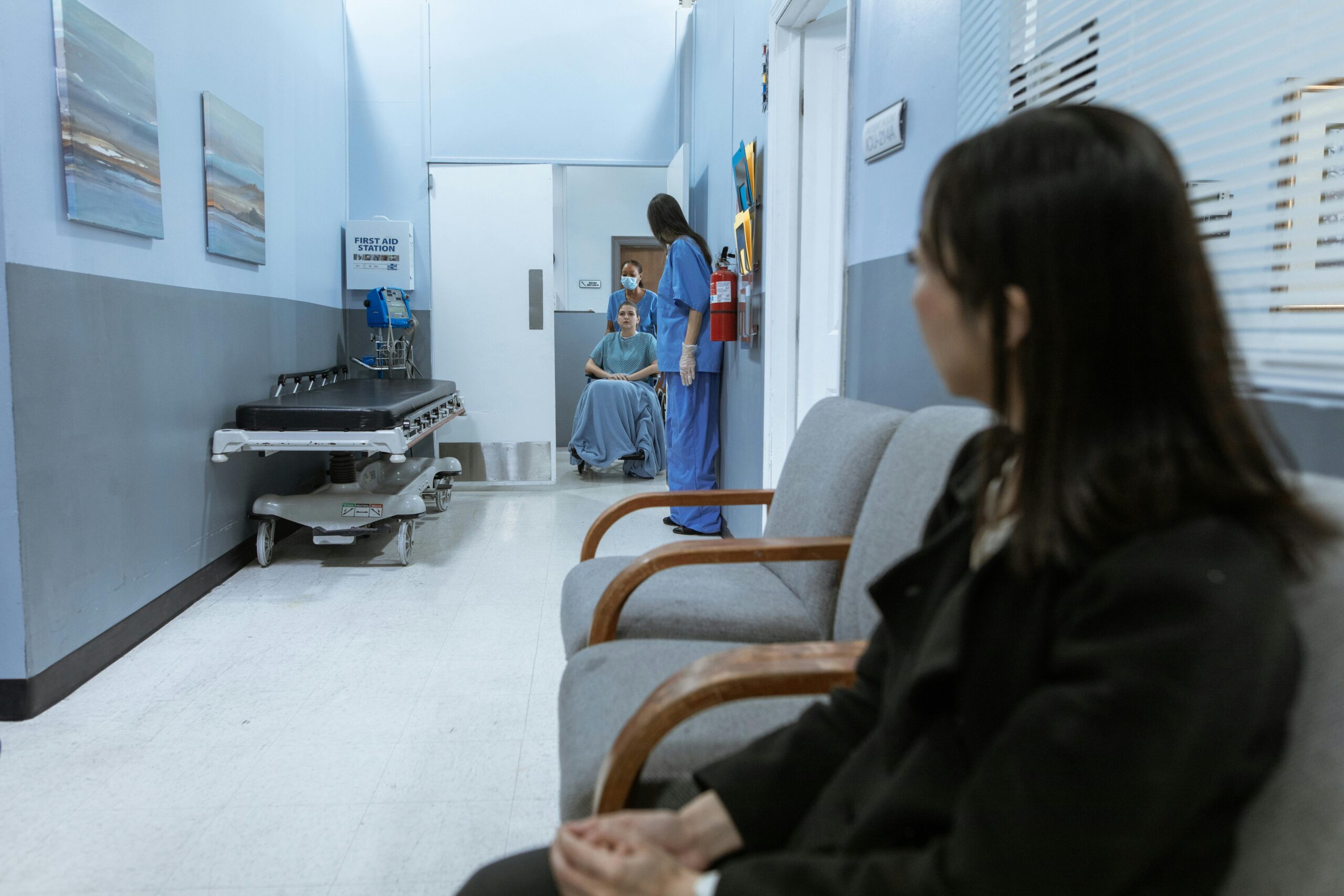The triangle shirtwaist factory fire

Just over a century ago, a devastating inferno consumed the Triangle Shirtwaist Factory in Greenwich Village, New York, killing 146 immigrant workers. At the time declared the worst industrial accident in American history, the disaster was caused by the greed and negligence of industry bosses who had little concern for the safety of their poorly-compensated employees. As recent catastrophes in Pakistan and Bangladesh have illustrated, few lessons have been learnt from the horrific events of March 25, 1911.
Imagine it: Manhattan on an ordinary working day, going about its business; in a better mood than on other days, perhaps, because of the clear blue sky. A picture of urban peace, shattered in a
moment by the sound of alarms. Fire bells and police alarms, shrieking from every direction. The air smells of burning and, from somewhere several blocks away, black smoke billows into the sky. And there is shouting: horrified voices, getting louder. So you drop what you’re doing. You join the scrum, run with the crowd to find out what’s going on.
Frances Perkins, drinking tea with friends in Washington Square, abandoned her teacup and saucer on the dining table and arrived in time to see shattered glass raining onto the street and vast flames swirling from the upper windows of the skyscraper above. Worst of all, through the flames and the smoke, tiny, desperate figures, cling to the ledges, hesitating before launching themselves into the air, to the ground. First, 10 bodies rained down onto the sidewalk, twisting and turning through the long fall; then 20 bodies, some holding hands, some with their clothes in full flame and then 50 bodies or more. Until the bloodied street was covered with broken glass and human debris, purses and combs and pieces of jewellery, and ladies’ shoes and bodies. A carpet of battered bodies.
Not 9/11, but 1911. And not a terrorist attack, but a tragedy of the city’s own making, born of greed; loudly predicted and widely ignored. One hundred and forty six young immigrant factory workers, 123 of them women, were killed that day – seven of them so badly disfigured, so little missed in their adopted country, that after a week in an open coffin waiting to be claimed, their frazzled remains were buried unidentified. Victims marked only with numbers: 46, 50, 61, 95, 103, 115 and 127. Who were they? Maybe it doesn’t matter so much anymore, or not really, not to most of us. More to the point, in a country that had welcomed up to 10m immigrants in the previous couple of decades; where a belief in reinvention, self-betterment and escaping from the past formed the essence of the national dream: who weren\’t they?
The oldest among the identifiable dead was 39; the youngest, about 14 years old. Most were Eastern European Jews, the rest Italians; and many had not been in the country long enough to learn English. To this day, it remains the deadliest industrial disaster in the history of New York.
It marked the turning point in American attitudes to working conditions. More than 30 new laws were introduced and, since 1913, workplace deaths in the US have reduced by 90%. In 1933 Frances Perkins, of the abandoned tea cup, became Roosevelt’s secretary for labour (and the first female cabinet minister in American history). What she witnessed outside Triangle that day, she often said, lay at the root of her life’s work thereafter. It was, she said: “the day the New Deal began”.
If the story has a familiar ring, it’s because except for the locations not much has changed. Similar, and similarly preventable, tragedies unfold today in countries where health and safety is often an optional extra. The Triangle Shirtwaist Factory Fire happened in Greenwich Village more than 100 years ago. Its victims were poor textile workers, trapped by doors that wouldn’t open, a rusty fire escape, blocked stairways and broken standpipes… In 2012 the same thing happened at a textile factory in Dhaka, Bangladesh, killing 112. A similar tragedy also unfolded at a textile factory in Karachi two months earlier, killing almost 300.
N 1911 New York was the textile capital of the world. The tiny tenement sweatshops of the previous decade, where immigrants both lived and worked, tightly packed, were being replaced by more profitable, modern factories and The Triangle Waist Company, specialising in shirtwaists (high necked, fitted shirts as worn by the Gibson Girl), employing 600 workers, was among the city\’s largest, most modern and productive. For economic reasons, more than half of such newfangled workshops were situated on the upper floors of the new skyscrapers. Despite the fact (as the city’s fire chief had warned the New York State Assembly only months before) none of his fire hoses could reach a higher floor than “about the seventh”. “If you want to go into the [loft] ‘workshops’,” he told the Assembly, “which are along Fifth Avenue and east of Sixth Avenue… you will find it very interesting to see the number of people with no fire protection, without any means of escape in case of fire.” Nobody paid attention.
Triangle operated from the upper three floors of a 10-storey building, but it had better fire protection than many. There were water-filled pails dotted about the place. And an external fire escape; albeit one that didn’t reach beyond the second floor. There were fire hoses and standpipes fitted, even if nobody had checked if they worked. And the building itself, once the scorched bodies and sewing machines were removed, was barely touched by the flames. At the time of the fire, aside from one vital factor, which the owners vehemently denied, the factory was apparently operating within every existing regulation.
Inspectors had recently deemed Triangle safer than most of the 1,200 or so factories and sweatshops they had examined. “The building could be worse,” the chief inspector of the New York Building Department said, having visited the factory the day after the fire, “and still come within the law.” The factory owners, brothers-in-law Max Blanck and Isaac Harris, were quick to point this out in the aftermath, while the newspapers and the masses bayed for their blood: they could hardly be held responsible if the regulations weren’t stringent enough. And yet. The first fire alarm was called at 4.45 on a Saturday afternoon, just as the quitting bell was ringing. By 5.15pm the fire was under control; burnt out. The fire authorities had entered the building even as the workers were streaming out, and by then there was nobody on the upper three floors left to jump. Anyone still trapped inside was already dead. The fire began on the eighth floor, when a spark probably from an end of day cigarette landed in an over-flowing box of scraps beneath the pattern cutters’ tables. This wasn’t the first fire at Triangle: small fires were a common occurrence and initially nobody panicked. The cutters (mostly men) reached for the water pails and tossed them onto the flames, but to no avail. In moments, the flames climbed from scrap box to the tissue paper and scraps on the tables, and from there to the shirt patterns, which hung like bunting on long wires above the cutters’ heads. The flames spread further; overhead, along the cloth-draped pattern wires, then along the floor.
The scrap merchant hadn’t visited the factory for two months, which meant a tonne or more of small fabric pieces was scattered around the open plan room. Add to that the oil from the banks of sewing machines that had been dripping steadily, daily, onto the dry wooden floors, and the room was a tinder box. Someone on the eighth floor called the Triangle telephone operator to raise the alarm. There was a “small fire”, they said. The operator told management, whose offices, like hers, were on the 10th floor; she called the fire department. But she didn’t think to inform the ninth floor. So upstairs on the 10th, as the fire grew – and when it was obvious that the elevators would never come –the owners Isaac Harris (who at least attempted to save some his employees) and Max Blanck (who did not), escaped over the roof onto the building next door.
Meanwhile, two floors below, on the eighth floor, the intense heat caused the first window to explode. It brought with it a fresh breeze that fed the flames, and the room became one giant, roaring fireball. Panic had taken hold and the workers – 275 on that floor – made a rush for the exits. But on the ninth floor, just above them, 300 machinists toiled on, oblivious. By the time they saw the flames licking at their own windows, it was already too late for many. Most of the four exit options were already closed to them. The elevators floundered early. When fire authorities came to clear the building later that evening they found the elevators grounded in the basement, their roofs buckled from the weight of the dead and the fatally injured who were piled on top. The two lift operators emerged as heroes, but they could do nothing when the elevators began to crumple and melt. In the inferno, when the lifts wouldn’t arrive fast enough, someone had forced apart the doors opening onto the two shafts. Nineteen people died trying to climb down the cable. For a while the external fire escape, though it stopped two floors short of the ground, seemed to present the best chance of escape. But the combination of heat, rust and the sheer number of people piling on to it sent the stairway crashing through the inner courtyard to the ground, killing everyone (about 25) who had climbed on board. And finally there were the two stairwells, one on each side of the building. They were both too narrow for the doors to open outwards onto them; they only opened inwards, into the room. For a while, frantic bodies crushed against the doors, pushing desperately, trying to escape, so they couldn’t be opened at all. More fatal delay. Before long, both stairways were impassible: blocked by walls of fire.
Blanck and Harris were indicted for manslaughter. The case against them rested on a single piece of information to which almost everyone testified: that the door to the Washington Place stairwell on the ninth floor, burnt away by the time the fire department came in, had been locked illegally all along. Not a single survivor reported escaping from it. Fire authorities discovered a pile of 14 burnt bodies in front of it, with a further 11 lying asphyxiated close behind them. It was common practice for employers to lock factory exit doors during working hours, and at going home time, especially, when employees were only allowed to leave through a single exit, so that their bags could be checked for theft. Added to which, the locking of stairwell doors was a noted obsession of Max Blanck, who used to rattle them neurotically as he swept through the production floors. (He was arrested at a new factory, two years later, for doing it again.) But rich men indicted for manslaughter hire good lawyers. It seems an extraordinary feat, but somehow Max Stuer, who would soon become a legendary lawyer, managed to get them both off.
Max Blanck and Isaac Harris had already left a faint but villainous stain on the national consciousness. During the “Uprising of the 20,000” the previous year, when city textile workers astonished themselves and everyone else by staging a mass, impromptu walkout, Blanck and Harris added calculated insult to the process of keeping their factory open. Not content with hiring “strike breakers” to rough up the all female picket lines (fairly normal practice), they turned for their replacement workers, not, as was also normal practice, to the Pig Market on Hester Street, but to the whorehouses in the Bowery. When the whores and their pimps drew up at the factory doors, spitting and smirking at the picket line, an almighty fight broke out between the women. From their offices 10 floors above, Max Blanck and Isaac Harris looked on in amusement while the picketers were arrested and carted off to jail. Fifteen months later Blanck and Harris were fleeing to safety over the rooftops, and the same police who had been carting the women to jail were picking their broken bodies off the pavement. The city ran out of caskets that night, and the city morgue ran out of space. But slowly, the victims were pulled from the wreckage of the fire: boxed and tagged and carted off to a hangar on a pier by the East River, where their coffins were opened and lined up.
At midnight, while the police held lanterns at the victims’ heads, the public was invited in.
During the week that passed, 100,000 people shuffled past to peer at their charred remains: young men and women who had crossed the world in pursuit of the American dream and whose pursuit had ended here, in a pauper’s coffin, in an emergency morgue that reeked of their own and their workmates’ burnt flesh.
A hundred years later, a memorial ceremony was held outside the building still standing. (It was refurbished and has been part of NYU’s campus since 1916.) There was a march through Greenwich Village, and some of the marchers carried shirtwaists on sticks. Bells rang out across New York City at 4.45pm to mark the moment that the first fire alarm was sounded. Hollywood movie stars and celebrity mayors addressed the crowd. The seven unidentified corpses were given names, at last. The day after last year’s fire in Dhaka, a few hundred angry garment workers marched in protest. So imagine it: a balmy late afternoon in the textile capital of the world, and a high rise factory, packed with workers, mostly female, and a fire, ripping through the building, trapping them, helpless, behind locked doors and blocked stairwells… and bodies, already aflame, throwing themselves from the ninth floor ledges… and in an hour or so, more than a hundred workers dead. The day after last year’s fire in Dhaka, a few hundred angry garment workers marched in protest through the capital. In a country with around 4,000 factories and workshops, it seems a remarkably small number. But maybe raising protest was easier in the early 20th century, when audiences were more patient and a messenger dared to hold forth for longer than 140 characters.
In any case, American socialists had some rich and fashionable supporters back then, and they knew how to stir a crowd. A week after the fire, at a memorial meeting at the Metropolitan Opera House, paid for by Anne Morgan (daughter of the financier JP), the union leader Rose Schneiderman addressed the hall, full of sound and fury and called, not for hand-wringing and charity, but for action. “I’d be a traitor to these poor burnt bodies if I came here to talk good fellowship,” she told the well-heeled audience. “You have a couple of dollars for the sorrowing mothers, brothers and sisters by way of a charity gift. But every time the workers come out [to protest against] conditions which make life unbearable, the strong hand of the law beats us back… I can’t talk fellowship to you who are gathered here. Too much blood has been spilled… It is up to the working people to save
themselves.”
The crowd was shocked to ovation. And the rest is history. Repeating itself.
You might also like
For relevant updates on Emergency Services news and events, subscribe to EmergencyServices.ie









